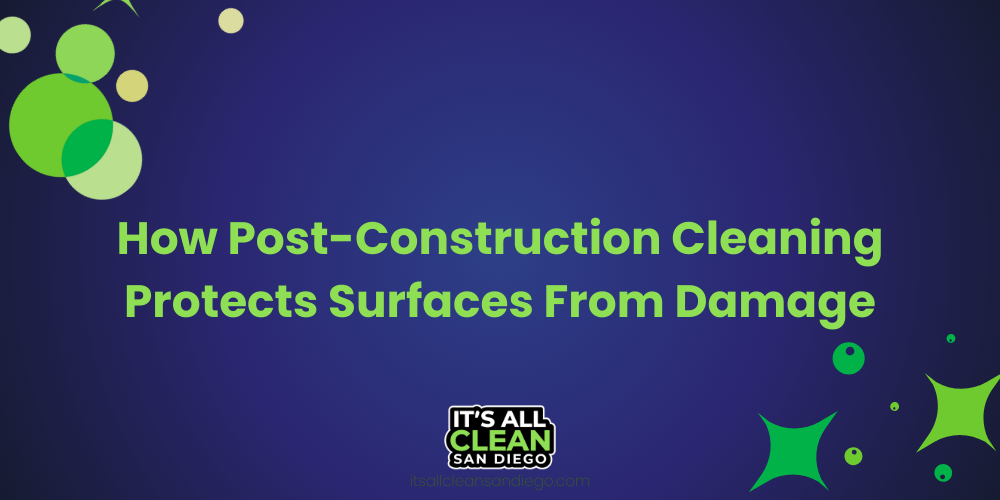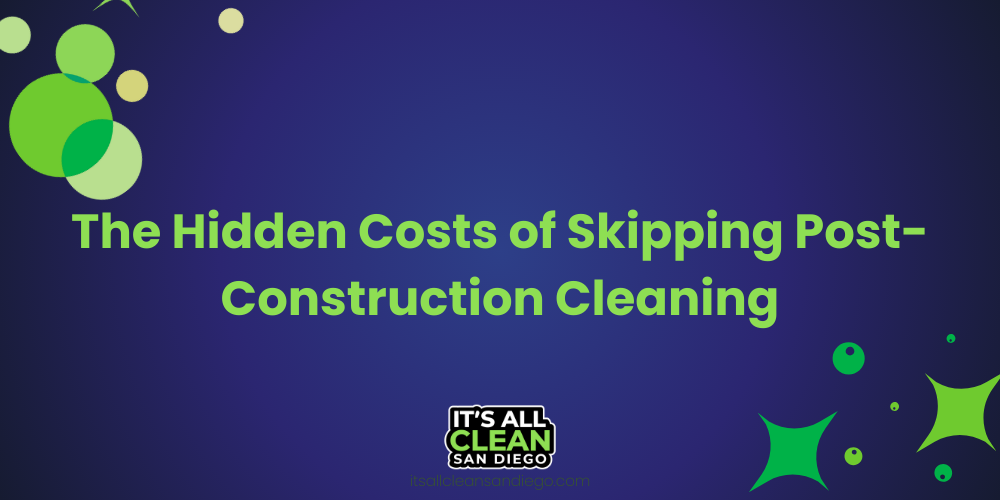San Diego, CA
When it comes to indoor air quality and allergy triggers, most people think of dust, mold, or pet dander floating in the air. But one hidden culprit often gets overlooked: dirty upholstery. That cozy couch or cushioned chair might be harboring allergens and pollutants that can significantly affect your health—especially if you or someone in your home suffers from allergies. Upholstered furniture is like a sponge, silently collecting allergens, dust mites, bacteria, mold spores, and more. Over time, these contaminants build up and impact the air you breathe every day.
In this post, we’ll dive deep into how dirty upholstery contributes to indoor allergies, what symptoms it can cause, and how regular professional cleaning can make a major difference. Whether it’s your favorite reading chair or the couch your dog loves, knowing how to manage upholstery hygiene is critical for a healthier home.

1. Why Upholstery Collects Allergens
Upholstered furniture is made of porous fabrics and padding that easily trap particles from the environment. Here's what tends to settle into your furniture:
- Dust and dust mites: Microscopic mites feed on skin flakes and love dark, soft, humid environments—like your couch cushions.
- Pet dander and hair: Even if you don’t let pets on furniture, dander and fur are easily airborne and settle everywhere.
- Pollen: During allergy season, pollen gets carried indoors on shoes, clothing, and through open windows.
- Mold spores: In humid areas or homes with moisture issues, mold can grow within or beneath the fabric.
- Bacteria and viruses: High-touch furniture can harbor pathogens, especially if not cleaned regularly.
Without routine cleaning, these allergens accumulate and can recirculate into the air every time someone sits down, causing allergy symptoms to flare up.
2. Common Allergy Symptoms Triggered by Dirty Upholstery
Allergy sufferers may experience a range of symptoms when exposed to allergens trapped in upholstered furniture, including:
- Sneezing
- Runny or stuffy nose
- Itchy or watery eyes
- Postnasal drip
- Coughing or throat irritation
- Skin rashes or eczema
- Asthma attacks (in more severe cases)
If you’ve noticed that your symptoms seem worse at home—or in specific rooms—it could be a sign that your upholstery is to blame.
3. How Often Should Upholstery Be Cleaned?
While vacuuming your furniture weekly can help reduce surface-level dust and debris, it’s not enough to eliminate deep-set allergens. The Environmental Protection Agency (EPA) recommends professional upholstery cleaning every 12 to 24 months, but if you have pets, allergies, or children, you may need it every 6 months.
Signs your upholstery needs deep cleaning include:
- Visible stains or discoloration
- Persistent musty or foul odors
- Increased allergy symptoms indoors
- Pet accidents or spills
- You can’t remember the last time it was cleaned
4. Upholstery and Indoor Air Quality
Indoor air quality is directly tied to the cleanliness of your furniture. Allergens trapped in cushions can become airborne every time you sit, bounce, or even walk by. According to the American Lung Association, poor indoor air quality can worsen chronic respiratory conditions and increase sensitivity to allergens.
Dirty upholstery can even impact HVAC systems by contributing to dust buildup in filters and ducts, causing allergens to spread more easily throughout your home.
By contrast, professionally cleaned upholstery removes these particles, reducing airborne allergens and creating a healthier breathing environment.
5. DIY Cleaning vs. Professional Upholstery Cleaning
Many homeowners attempt DIY upholstery cleaning with vacuum attachments or over-the-counter sprays. While this might offer short-term freshness, it doesn’t remove allergens deep within the fabric or padding.
In fact, improper DIY cleaning can worsen issues by:
- Leaving behind moisture, leading to mold or mildew
- Failing to extract embedded dust mites or pet dander
- Causing chemical buildup that irritates allergies further
Professional upholstery cleaning services use commercial-grade equipment that extracts dirt, allergens, and bacteria using hot water extraction, steam cleaning, or dry-cleaning methods depending on fabric type. This deep cleaning not only improves hygiene but also extends the life of your furniture.
6. Upholstery Cleaning and Children’s Health
Children, especially infants and toddlers, are more vulnerable to allergens because they spend more time close to furniture surfaces, often crawling, sitting, or lying on them. Exposure to allergens like dust mites and pet dander early in life can trigger chronic allergies or asthma.
Regularly cleaned upholstery helps reduce their exposure and lowers the risk of respiratory illnesses or skin irritations. For families, investing in professional cleaning is an investment in your child’s health.
7. Upholstery Hygiene Tips for Allergy Prevention
Here are some proactive tips to reduce allergen buildup in your furniture:
- Vacuum regularly using a vacuum with a HEPA filter and upholstery attachments.
- Use washable slipcovers and clean them frequently.
- Keep pets off furniture, or use pet-specific covers.
- Control humidity with a dehumidifier to prevent mold growth.
- Schedule professional cleanings every 6–12 months.
- Use air purifiers to reduce airborne allergens in living spaces.
Related: The Best Way To Improve Your Home’s Indoor Air Quality
8. Upholstery in Commercial Settings: A Hidden Risk
In offices, waiting rooms, or commercial lounges, dirty upholstery can pose a health hazard for employees and customers. Allergens, bacteria, and odors build up quickly in high-traffic areas, impacting indoor air quality and potentially contributing to more sick days.
Businesses should consider routine upholstery cleaning as part of their commercial cleaning program to maintain a clean and healthy environment for both staff and clients.
9. Signs Your Upholstery Is Making You Sick
Still not sure if your upholstery is affecting your allergies? Here are some red flags:
- Allergy symptoms disappear when you're away from home or the office
- You notice dust clouds when sitting or plumping cushions
- Furniture smells musty or damp
- You see visible mold or stains
- Symptoms worsen after sitting on specific furniture
If you’ve checked multiple boxes above, it’s time to schedule a professional cleaning.
Final Thoughts: Don’t Let Dirty Upholstery Control Your Health
Dirty upholstery is more than an aesthetic issue—it’s a serious health concern. The allergens and bacteria trapped in your furniture can quietly contribute to persistent allergies, asthma, and respiratory problems, especially for children and pets. If you’re trying to create a healthier home or office, deep cleaning your upholstery is one of the smartest, most effective actions you can take.
At It’s All Clean San Diego, we specialize in professional upholstery cleaning that removes deep-set dirt, allergens, and odors—leaving your furniture fresh, sanitized, and safe. Whether you're dealing with seasonal allergies or just want a cleaner living space, our expert technicians are here to help.
Call us today or visit itsallcleansandiego.com to schedule your residential or commercial upholstery cleaning service. Breathe easier knowing your indoor air is cleaner and your furniture is allergen-free!
- All rights reserved -
It's All Clean San Diego © 2021
Pick a service, and we’ll be there.
Your go-to clean, green, full-service team.
Got a mess? We’ve got you covered. At It’s All Clean San Diego, we have professional commercial cleaning and residential house cleaning services for every need.
Our family-owned, full-service professional floor cleaning company has served residential and commercial customers in San Diego for nearly 20 years.










